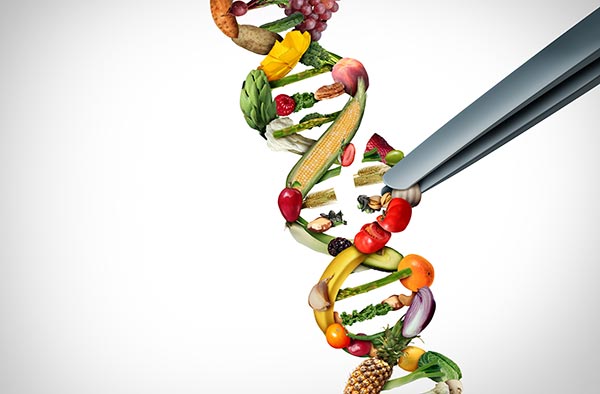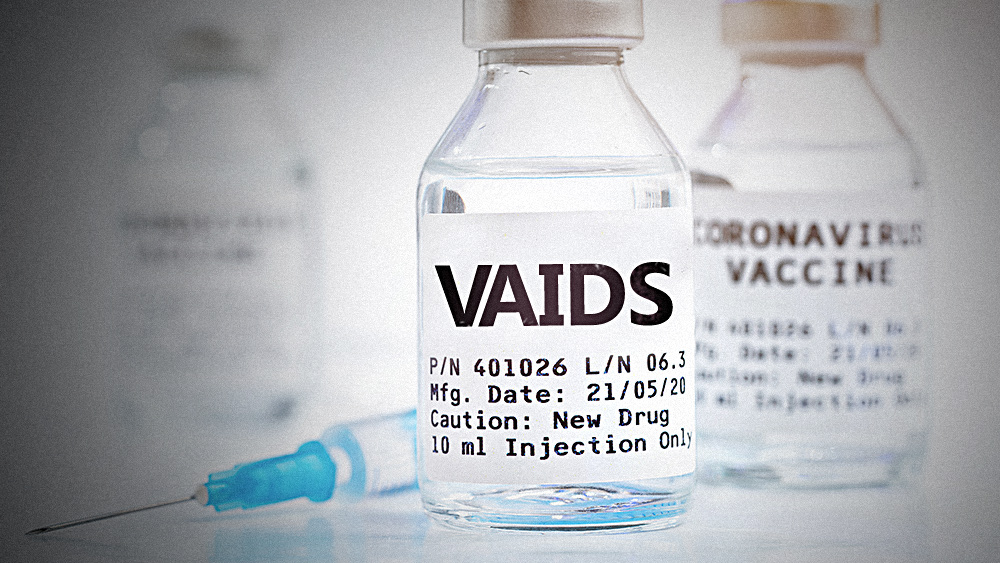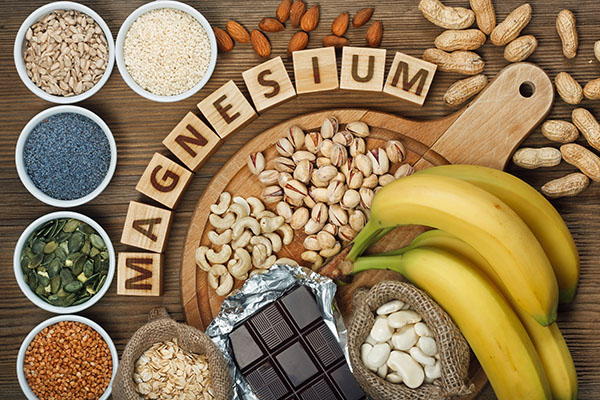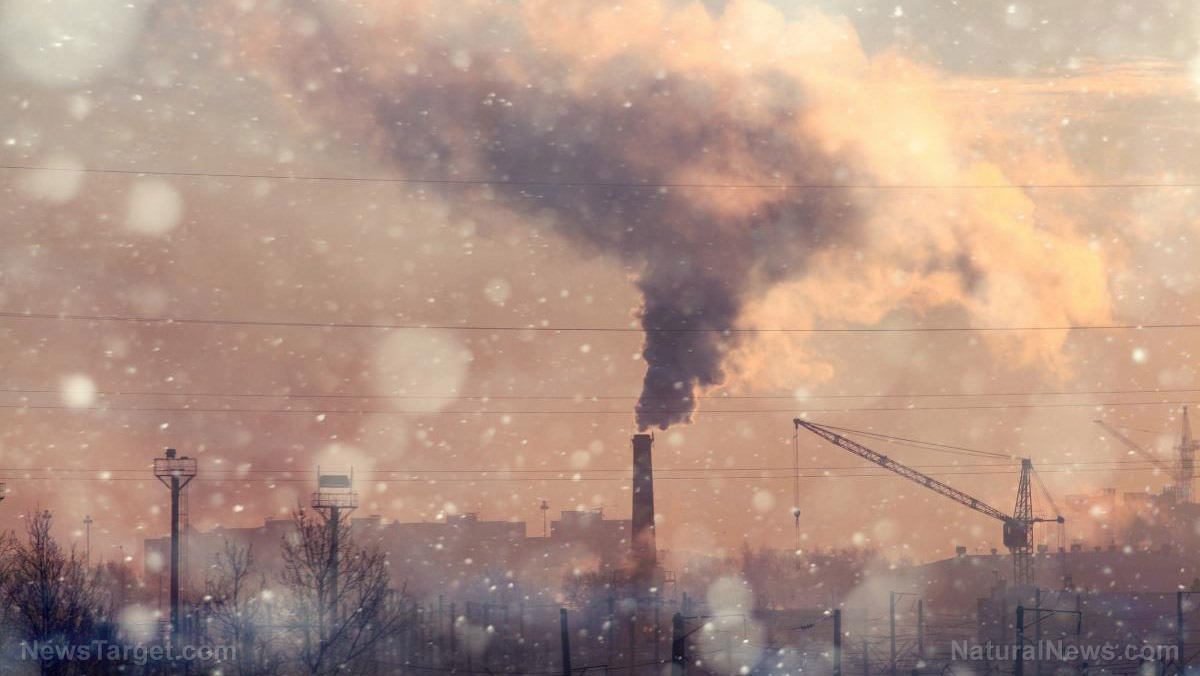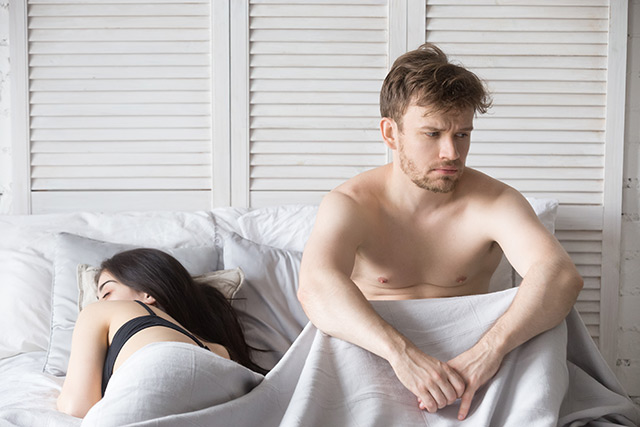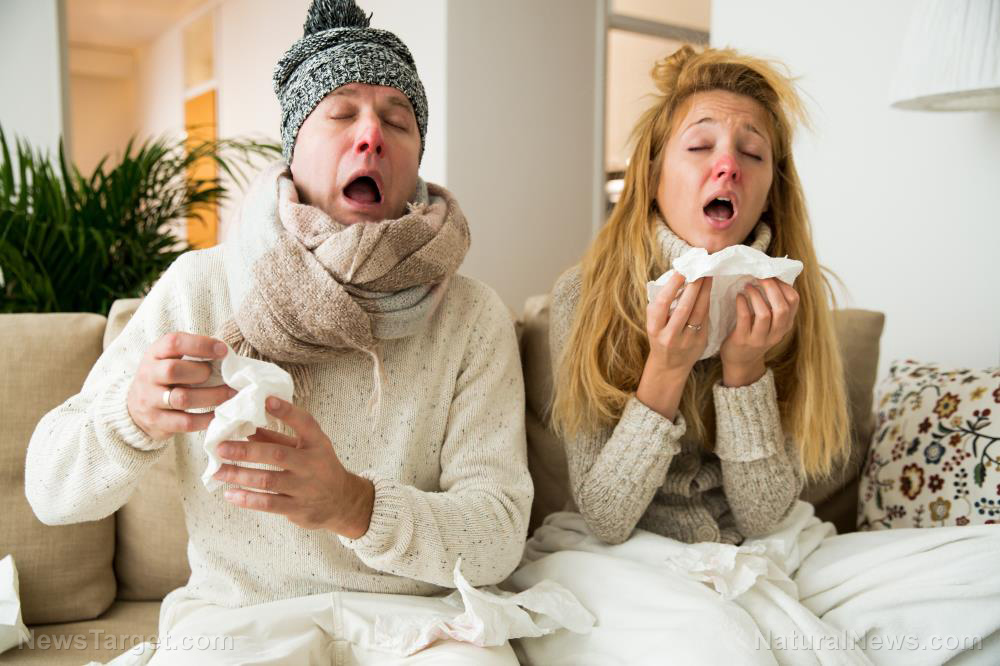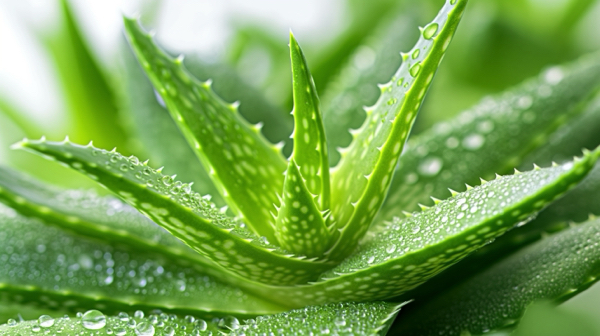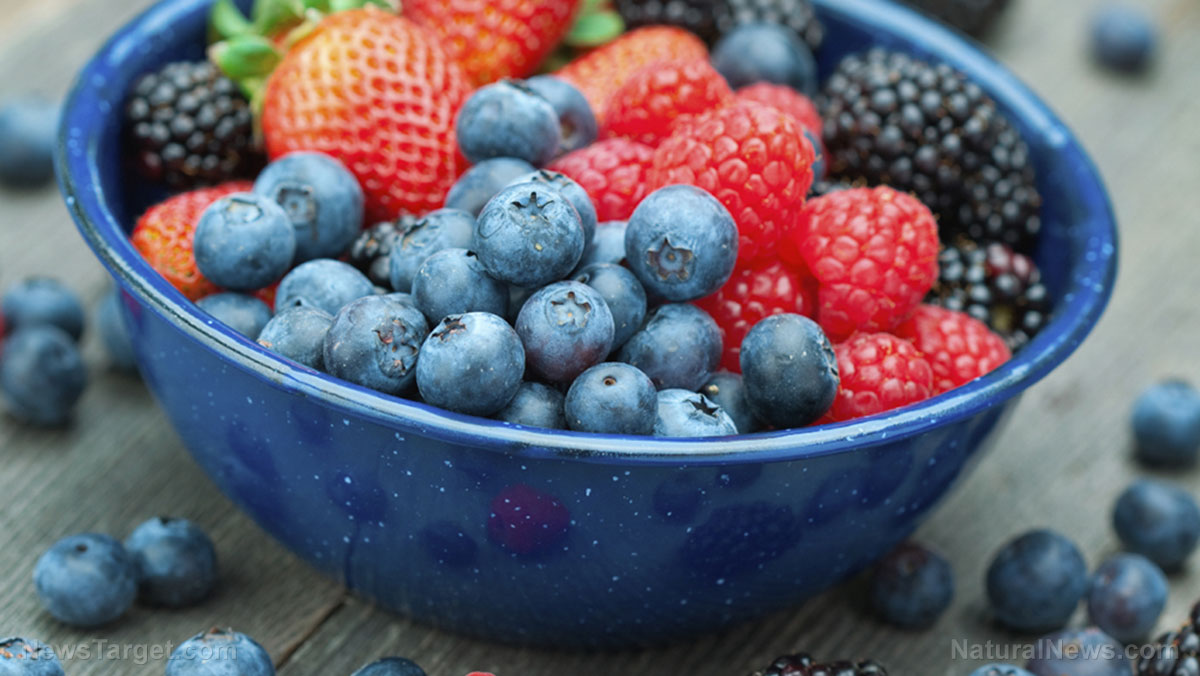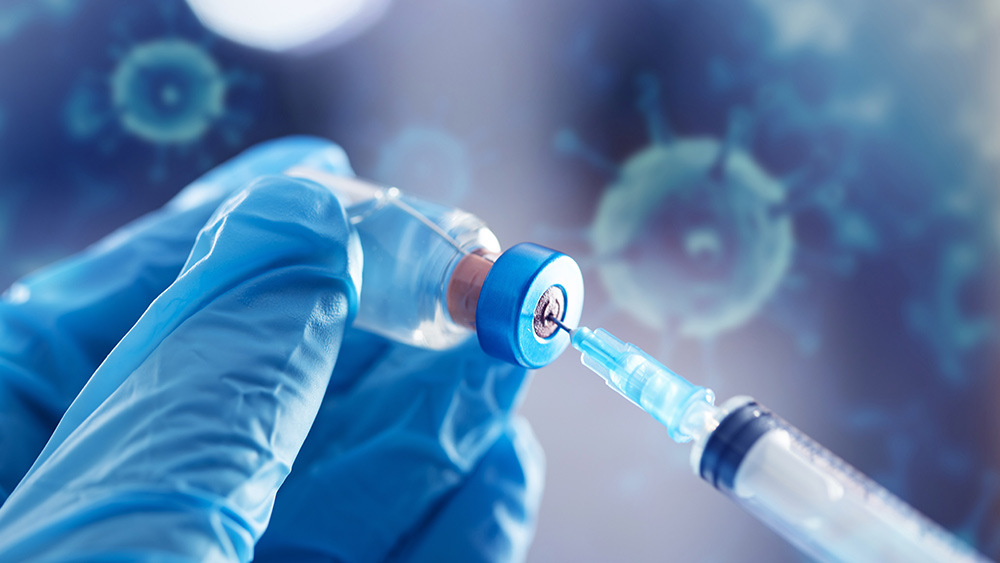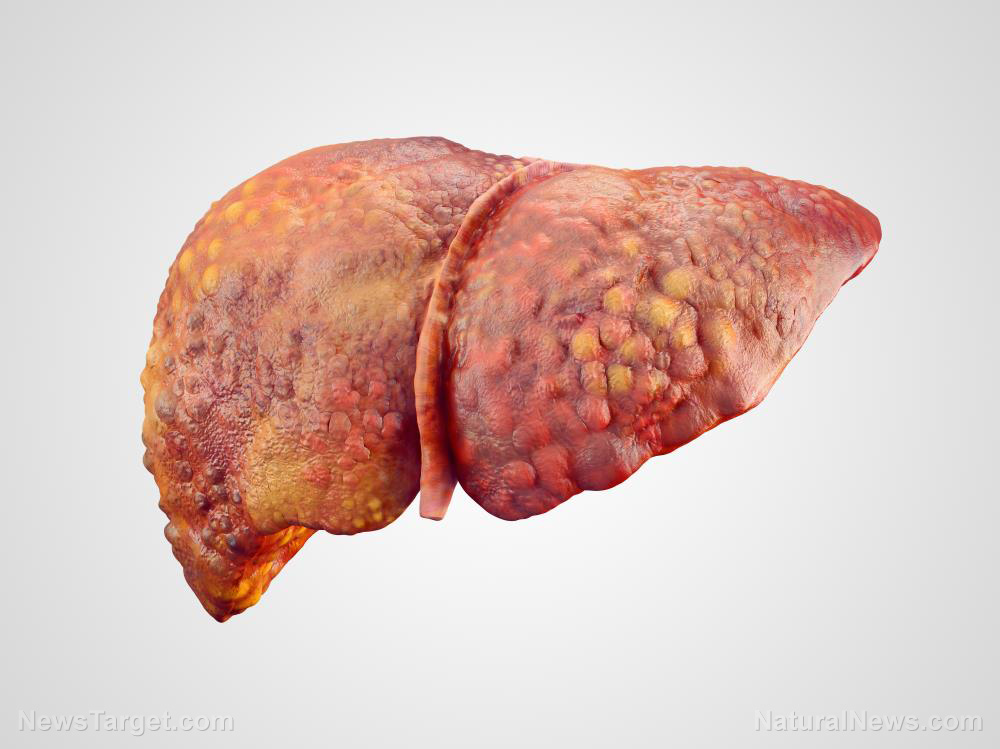Children inhale hormone-disrupting chemicals from mattresses during sleep, research reveals
05/05/2025 / By Cassie B.
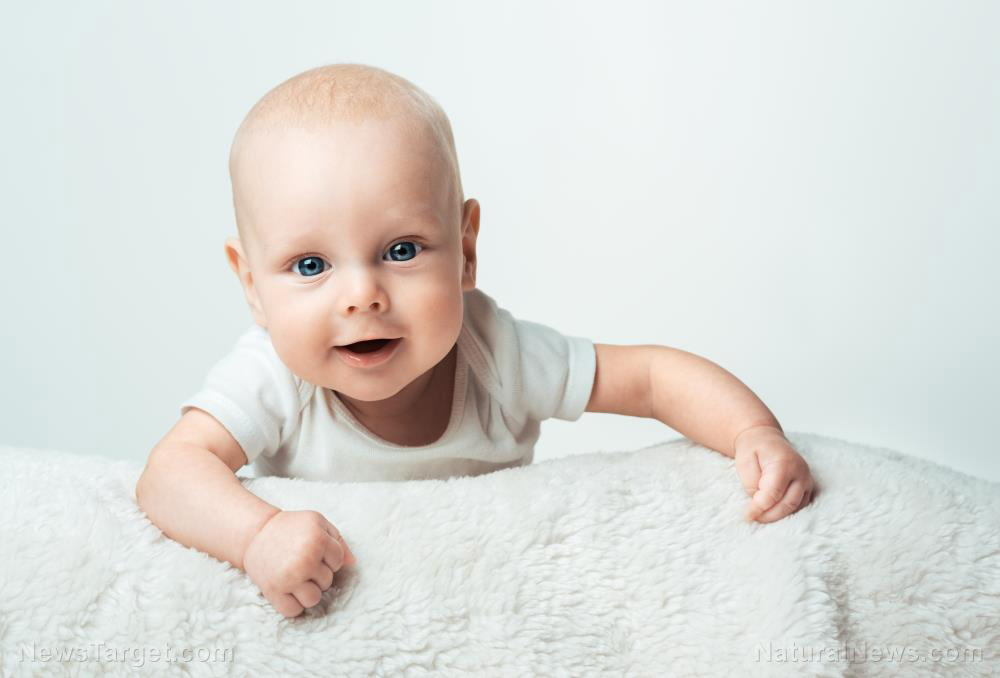
- Parents may be unknowingly exposing their children to toxic chemicals in mattresses that have been linked to dangers such as developmental disorders, cancer, and neurological damage.
- Studies show that children’s mattresses emit high levels of hormone-disrupting flame retardants, phthalates, and UV filters, which are then absorbed through their skin and inhaled.
- Infants and toddlers spend up to 17 hours daily in bed, increasing their lifelong health risks from prolonged chemical exposure.
- Some mattresses in the study contained banned or restricted chemicals, with flame retardants making up 3% of a mattress’s weight, despite no proven fire-safety benefit.
- Experts recommend using organic mattresses, avoiding waterproof covers, and frequent washing to reduce exposure, but regulations lag behind safety concerns.
Parents tucking their children into bed each night may unknowingly be exposing them to a cocktail of toxic chemicals linked to developmental disorders, cancer, and neurological damage. Recent studies from the University of Toronto reveal that children’s mattresses emit alarming levels of hormone-disrupting flame retardants, phthalates, and UV filters — chemicals that accumulate in bedroom air and are inhaled or absorbed through the skin during sleep. With infants spending up to 17 hours a day in bed and toddlers up to 14, researchers warn that prolonged exposure could have lifelong consequences.
The hidden dangers in every nap
The studies, published in Environmental Science & Technology and Ecotoxicology and Public Health, found that mattresses are a primary source of these chemicals. When researchers simulated a child’s body heat and weight on 16 new mattresses, emissions of toxicants increased significantly.
“The kids are getting quite a dose of this stuff,” said Miriam Diamond, an environmental chemist at the University of Toronto and co-author of the studies. One mattress contained flame retardants making up 3% of its total weight — a shocking discovery given these chemicals’ links to lower IQ and reproductive harm.
“We measured chemicals in the air of 25 children’s bedrooms between the ages of 6 months and 4 years and found worrisome levels of more than two dozen phthalates, flame retardants and UV filters,” Diamond noted.
Phthalates, used to soften plastics, were detected even in non-plastic mattress covers. Some levels exceeded U.S. restrictions for children’s toys, yet no such limits exist for mattresses. Flame retardants like TCEP, which is banned in Canada, were found in U.S. mattresses, including one labeled as compliant with safety regulations. “We were really shocked to find what was in the mattresses,” Diamond said.
Why children are most at risk
Children are uniquely vulnerable due to their higher breathing rates, thinner skin, and immature detoxification systems. Their frequent hand-to-mouth behavior also increases ingestion of chemical-laden dust.
Study co-author Arlene Blum noted: “It’s concerning that these chemicals are still being found in children’s mattresses even though we know they have no proven fire-safety benefit and aren’t needed to comply with flammability standards.”
The American Chemistry Council defended their use, stating they undergo “rigorous review,” but critics argue regulators fail to account for cumulative exposure.
How parents can reduce exposure
While avoiding these chemicals entirely is nearly impossible, experts recommend practical steps for minimizing exposure:
- Choose mattresses made of organic wool, cotton, or latex, certified by GREENGUARD Gold or OEKO-TEX.
- Avoid waterproof covers and polyurethane foam, which often contain phthalates.
- Wash bedding frequently to reduce chemical buildup.
- Opt for neutral-colored sheets as bright dyes often contain UV filters.
The studies highlight a regulatory gap. Despite bans on certain flame retardants in children’s pajamas and toys, mattresses—where kids spend a third of their lives — remain overlooked. “The onus is on the mattress manufacturers,” Diamond said. Until then, parents are left to navigate a market flooded with products that prioritize profit over safety.
As research continues to uncover the insidious effects of these chemicals, one truth becomes clear: The safest place for a child shouldn’t also be the most dangerous.
Sources for this article include:
Submit a correction >>
Tagged Under:
children's health, Dangerous, discoveries, environment, Flame retardants, health science, infant's health, mattresses, phthalates, poison, real investigations, research, toxic chemicals, toxic ingredients, toxins
This article may contain statements that reflect the opinion of the author



